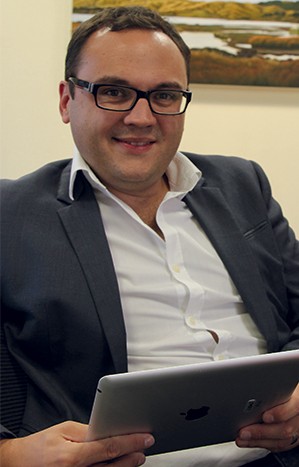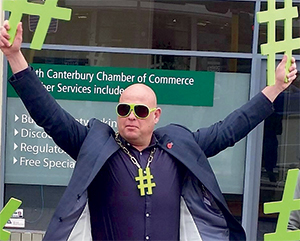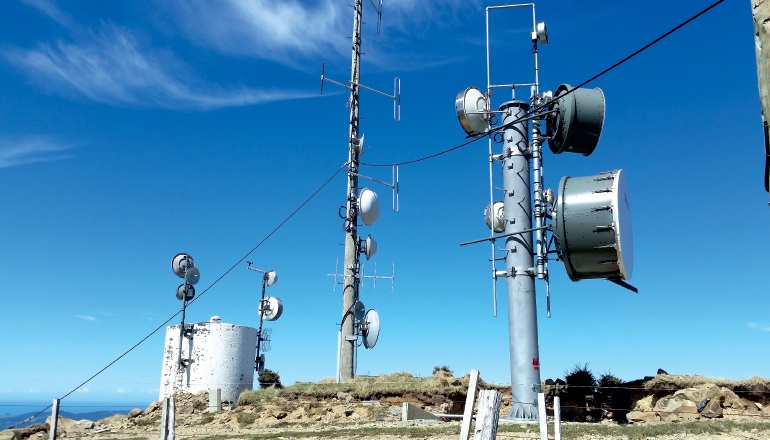The government wants councils at the centre of decisions on how it will spend up to $350 million in extra funding pledged for urban and rural broadband expansion. During last year’s election campaign, the National-led government promised to lift ultrafast broadband (UFB) uptake from 75 percent to at least 80 percent of the country (costing up to $200 million) and invest a further $150 million in the rural broadband initiative (RBI).
In March, communications minister Amy Adams outlined a registration of interest process for councils. The Ministry of Business, Innovation and Employment says local authorities will need to indicate how they would support having towns or areas within their district selected for deployment of one or more programmes.
Digital plans to achieve the social and economic objectives of better digital infrastructure in their communities are required.
Councils including Timaru District Council and Porirua City Council are among those local authorities starting to consider how the extra government funding would assist the digital agendas they are developing for their communities.
Both Timaru and Porirua councils were active in supporting bids for their cities to become the Chorus ‘Gigatown’ in last year’s competition which Dunedin eventually won.
Timaru mayor Damon Odey says every city has to become a ‘Gigatown’. “Last year we picked up our thinking about how we can ensure Timaru and south Canterbury get the best possible broadband infrastructure.
“We want everyone in our region, not just Timaru City, to be able to benefit from the fast-emerging digital economy.’’
Damon says the potential for considerable government funding could ensure almost universal high-speed connectivity in his region.
Wellington-based Digital Development Associates (DD.A) is contributing to Timaru’s development of a digital agenda. DD.A’s Chris O’Connell says the company recently surveyed rural broadband coverage. (See www.hillsholesandpoles.nz)

“Not far from Timaru we found what we believe is the world’s best rural fibre connectivity. Ashburton’s lines company EA [Electricity Ashburton] has quietly connected several hundred farms to fibre.”
Benefits include fully-automated milking sheds, remotely-controlled irrigation systems, seamless home connectivity and better staff recruitment / retention.
EA is almost wholly owned by the Ashburton District Council. Chris says alliances between councils and lines companies will be important in developing proposals for the second-round government broadband funding.
“In many parts of the country, lines companies are now laying broadband fibre. The big cost is digging the trenches. Councils can keep costs down by allowing empty duct to be laid every time a stretch of road or footpath is dug up.”
Chris says wireless broadband companies are also important players in ensuring wider and better connectivity in rural New Zealand.
“Local wireless providers are putting up a telephone pole on a hill for around $8000 – a fraction of earlier pylon costs. That means a small community can get high-speed broadband and only have to pay dial-up prices.”
The government’s indication of a competitive process suggested it wants real engagement with councils and communities, says Chris.
InternetNZ CEO Jordan Carter says it looks like a positive step forward to involve local government in the UFB and RBI as councils are closer to the end-user.
“Councils could play a role in fostering applications from their communities, and / or actually be bidders themselves. After all, councils are quintessential infrastructure providers – internet is the new infrastructure.”
Porirua’s mayor Nick Leggett is keen to explore how best to create a digitally-enabled and aware city.
“Porirua has a fantastic young community and holds enormous potential for those interested in technology careers. We have an impressive spectrum of high-tech businesses here already, so mixing that with young talent makes sense.”

But, just as importantly, he sees this new round of government funding as an opportunity to bridge the digital divide across communities.
“Let’s be brutally honest, we have many families who cannot afford any form of internet connection, let alone UFB.
“If we start by gearing up our kids for learning and success in a digital world, they’ll be best-placed for the high-skilled jobs of the future. Ultimately this will shift our whole economy. Our existing businesses can improve productivity and expand. We can attract more high-tech firms and, of course, produce future entrepreneurs right here.
“Seamless learning between school and home is needed. Getting families access to fast internet is one of the fundamental building blocks to making this shift happen. We could make big advances with further infrastructure investment in this area.”
Nick says that expanding broadband access may be through a variety of projects, such as partnerships with businesses, investors and government agencies to provide city-wide WiFi in public places and spaces.
More information on: bit.ly/1EnOpOR
This article was first published in the April 2015 issue of NZ Local Government Magazine.


